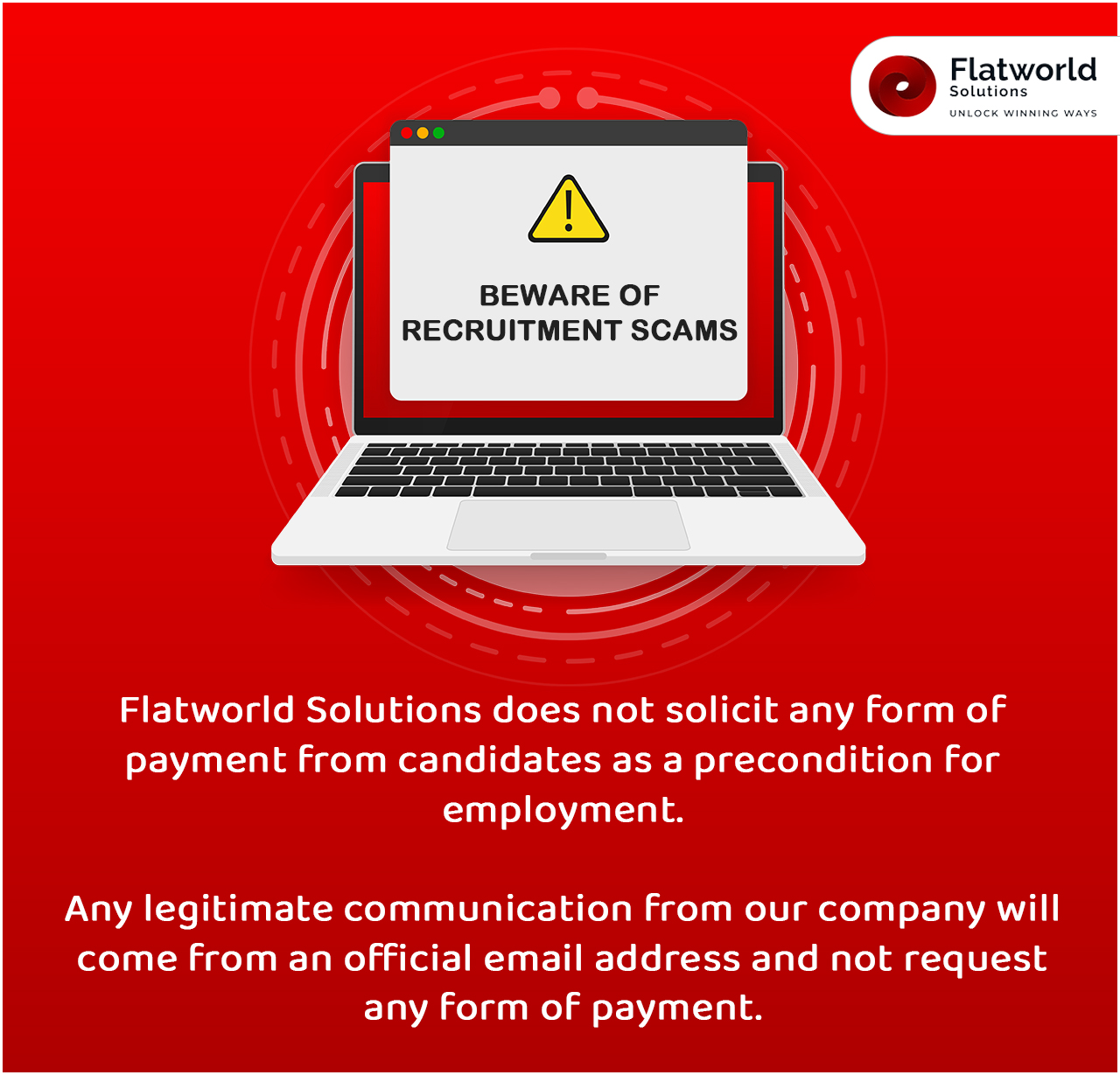Not communicating, or not communicating clearly enough is the key problem facing outsourcing relationships today. A study of 305 buyers and providers in North America, Europe, Asia and India, by the Outsourcing Center, concluded that 25% of the reasons for outsourced project failures are due to poor communication (16%) and cross - cultural problems (9%). This is one of the biggest outsourcing concerns that clients have when companies start to look for partners.
Communication failures often occur even if both the buyer and provider speak the same language, for the simple reason that they fail to understand each other or innocently offend each other because they didn't understand each other's cultural mores. Communication and the Power Distance Index (PDI)
Gerard (Geert) Hendrik Hofstede, an influential Dutch sociologist whose life's work includes the study of the interactions between national cultures and organizational cultures, introduced the concept of the Power Distance Index (PDI).
The idea behind the PDI scale is quite simple. It is a perceived "distance" between a boss and an employee that varies dramatically based on culture, biases, heritage and hierarchy. This "distance" is measured by how a person would generally react / respect / deal with a person of authority .The PDI measurement of the "distance" ranges from 1 to 120, with a bigger number showing a bigger distance that separates a boss and an employee.
The low context PDI communicator expects straightforward conversation. If there is a problem, they expect and receive a straightforward answer with specifics. In high context cultures, subordinates acknowledge the power of others based on their formal hierarchical positions. Out of respect for their superiors, the subordinate doesn't directly inform their superior of project issues due to the concern that the superior may suffer an offense.
For example, in a culture with a lower PDI scale, an entry level employee will have no reservations or qualms in giving his suggestions, if asked, to even the CEO of the company. But on the other hand a higher PDI could bring about a situation where an employee would never dare to inform his boss of his intentions due to the concern that the boss may feel offended. In cultures which support a lower PDI, employees wouldn't mind saying the words, "I respectfully disagree", but in a higher PDI, employees would rather stay silent or cover their response in layers of polite blabber.
Implication of PDI on Outsourcing
Studies conducted on the influence of high and low PDI in different countries have brought up an interesting fact that high PDI doesn't create too many communication issues between people from the same country. This is because the traditional and unwritten rules of communication has been well understood and does not present itself as an obstacle.
But when a typical IT outsourcing initiative is considered, there appears to be significant difference between the buyer (boss) and the supplier (service provider) - USA (40) vs. India (77) or China (80). This vast difference in the PDI scale is one of the main reasons for communication failures plaguing the vast majority of outsourcing engagements.
In these cases, communicating effectively clearly goes beyond the nuances of language. Clients outsourcing to India or any culture that is very different from their own must spend time building a relationship with the outsourcing service provider before offshoring processes.
Overcoming Communication Failures in Outsourcing
Communicating effectively can be extremely challenging at times and if ignored can affect the offshoring industry. In order to minimize the damage caused by PDI difference, companies will be required to deal with it on several levels.
Educating employees, particularly those with low-PDI levels
Kelly Stichter, vice president of design and development for Phillips Plastics in Hudson, WI, who believes educating customers leads to effective communication, has this to say. "We try to educate our customers about what we mean when we use certain terms that could possibly be misconstrued".
Developing communication vehicles that inhibit PDI-related miscommunications
Dan Adlon, vice president of strategic business development for Integrated BioSciences, Inc. in Lewisberry, PA, advised that instructions be written down to increase understanding, because people hear things differently and note-taking skills vary widely. "When I see a written response to me, I can see if they've understood my instructions-before I get a part that doesn't meet spec," he explained.
Stichter has developed a different technique to overcome PDI-related miscommunications. "A picture is worth 1,000 words, so we use WebX (Web meetings) frequently to show a database or images on-screen to aid in understanding."
Adjusting SDLC to overcome the PDI difference
"We strongly endorse multilayer communication where people who understand each other's disciplines and domains at each end are speaking as well," said Jari Palander, vice president, North America for Invetech. To further aid communications, Invetech also has co-located its employees at customers' locations if that makes sense for a project. "Customers will work in our laboratory or we'll work in theirs for some time," Palander said.
Though language does not pose to be a barrier when outsourcing to India, effective cross-cultural training will solve many of the PDI issues pertaining to common communication failures.
Contact Us
USA
Flatworld Solutions
116 Village Blvd, Suite 200, Princeton, NJ 08540
PHILIPPINES
Aeon Towers, J.P. Laurel Avenue, Bajada, Davao 8000
KSS Building, Buhangin Road Cor Olive Street, Davao City 8000
INDIA
Survey No.11, 3rd Floor, Indraprastha, Gubbi Cross, 81,
Hennur Bagalur Main Rd, Kuvempu Layout, Kothanur, Bengaluru, Karnataka 560077


